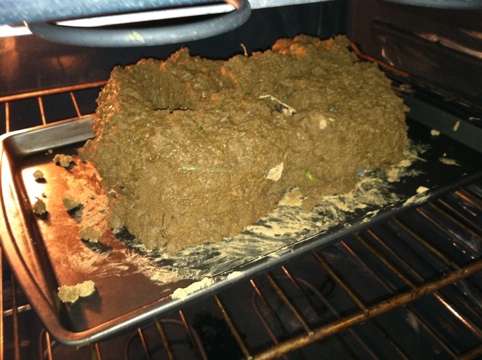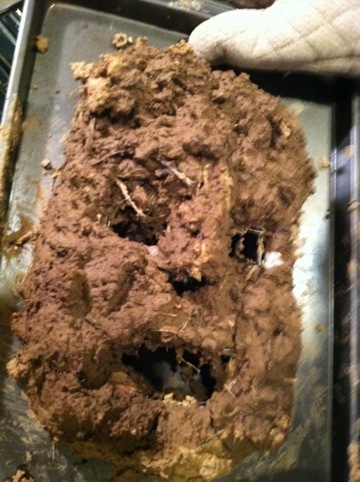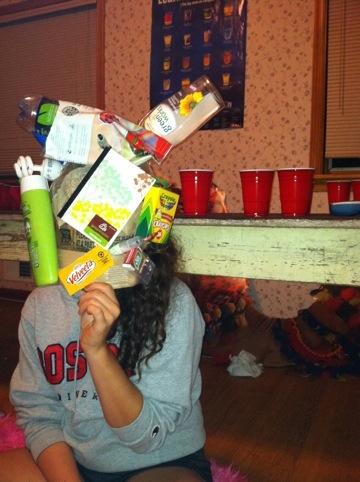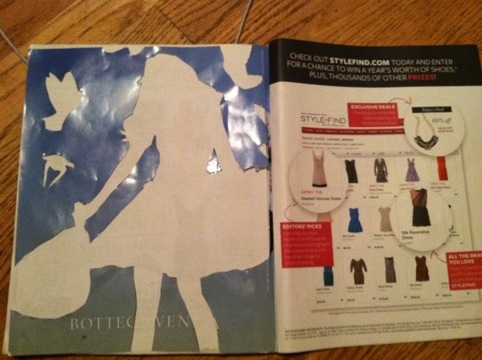Background
When I first began to think about the materials and concept that I would use for my mask project, I decided that I wanted to center my theme around nature. I began to think about how I could create a contrast between the ideas of natural and artificial and came up with a number of ideas for how I would incorporate both aspects. Eventually, I decided that I wanted my mask to make a statement about environmentalism and the way it has become just another trend or fad.
When the three R’s, “reduce, reuse, and recycle” became the next big thing, they made their way into all walks of life and onto clothing, accessories, household products, and school supplies. People do not live the ideas of conservation and waste management, they wear them. Companies use this green movement to their advantage, changing their packaging and encouraging consumers to buy their product because it uses 10% less of something. Many companies hike up the prices of things that are “natural” or “organic” and green fanatics eat it up. These days it is cool to be natural, cool to be green but when will it be cool to be conscious? And what happens when the next cool thing comes along, will society forget the appeal of environmentalism and ditch all of their recycled mugs, notebooks and t-shirts for a new trend?
This is where my criticism of modern day environmentalism arrises. I am a lover of nature, many would even categorize me as a “hippie” (a label that I have come to despise) but I do not believe that peace, love, and harmony (alone 🙂 will save the planet. I do not wear giant recycling symbols on my clothing and refuse to use light bulbs that are not energy efficient but I do believe in being environmentally conscious as a way of life. I do advocate for recycling and for energy conservation and I believe that if each person were to do their part, we could at the least reduce the negative impact human’s have on the environment but I think we promote “going green” in the wrong way. Instead of promoting the green movement through the marketing departments of large companies and introducing it as something that is cool and current, it needs to be practiced on a day to day basis and adapted/accepted by all. My mask is a representation of the idea that environmentalism in its current state is fleeting despite the fact that the environment is here to stay. My mask has two parts: the first part represents the environment is covered or masked by the second part which represents the commercialized environmentalism that exists today.
Process
I created the “environment” by taking a mud mixture, layering it around a mold I prepared, and baking it in the oven. I created the mold in class using wire, pliers and wire cutters. I measured the mold against my face and shaped it accordingly. I then took this mold home and created the mud mixture in my backyard. I based my mixture off of the proportions and elements used to build traditional adobe brick houses. I combined dirt, water, sticks, leaves and rocks in a wood box to create a thick, sturdy mud that I could easily mold to the wire. I put a layer of wax paper over the wire mold to keep the mixture from falling through the wire and layered and shaped the mud over the prepared mold. I put the baking sheet holding the muddy mold in the oven at 250 degrees and checked on it periodically until I felt like it was hard enough to remove. Finally, I used a knife the chisel away the sides and create the look that I wanted.
I created the facade of environmentalism by collecting a number of recycled materials and materials that promote environmentalism from a variety of stores, restaurants and manufacturers and piecing them together around another wire frame that I also shaped in class so that it would fit overtop of the nature mold. I used a combination of glue, tap, staples and wires to attach these items to my mask and create an abstract representation of the environmental fad I have referred to throughout this entry.







Context
I wanted to wear my mask in a context that combined the idea of environmentalism and waste so I chose to create a setting using trash.





















